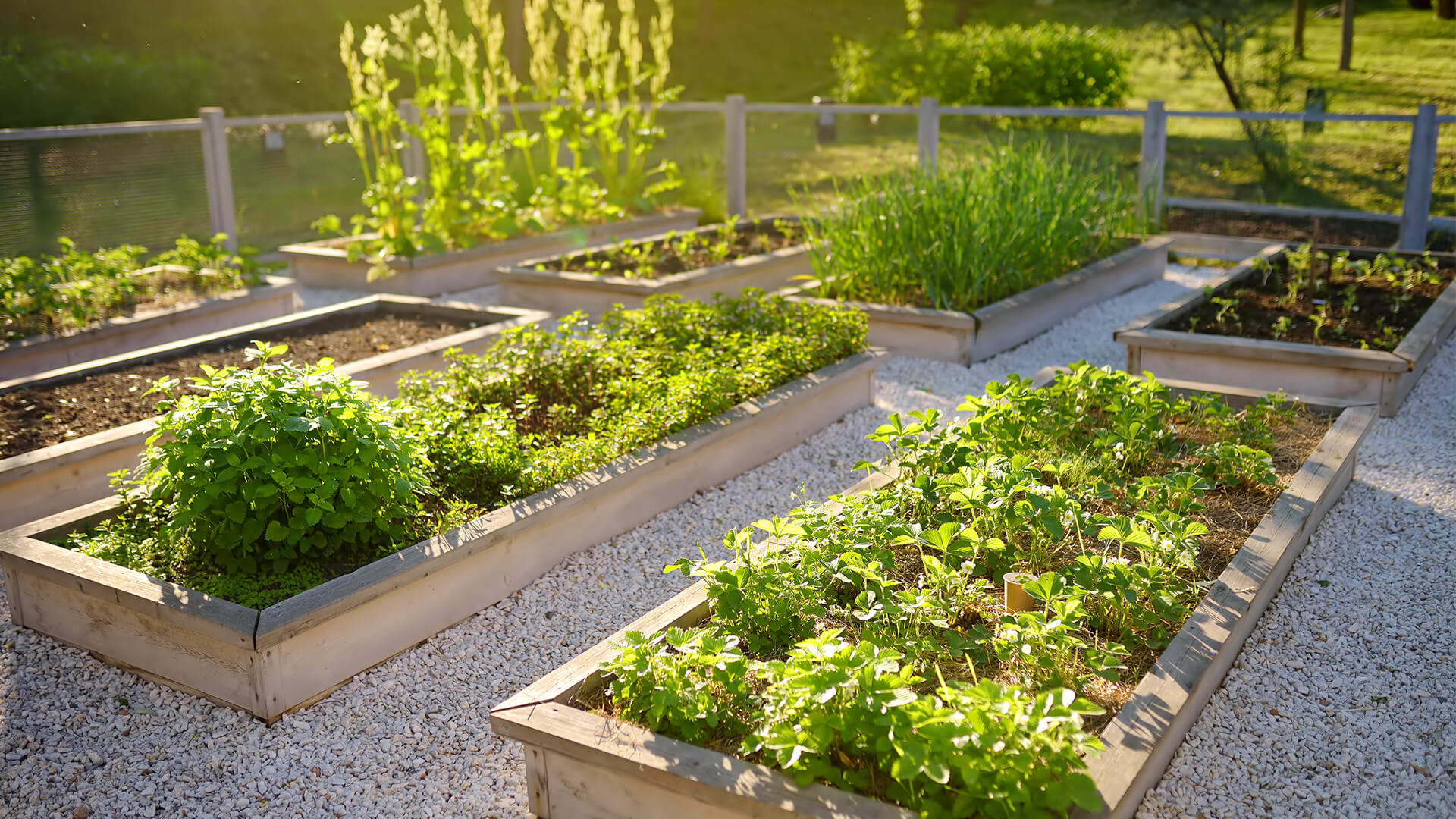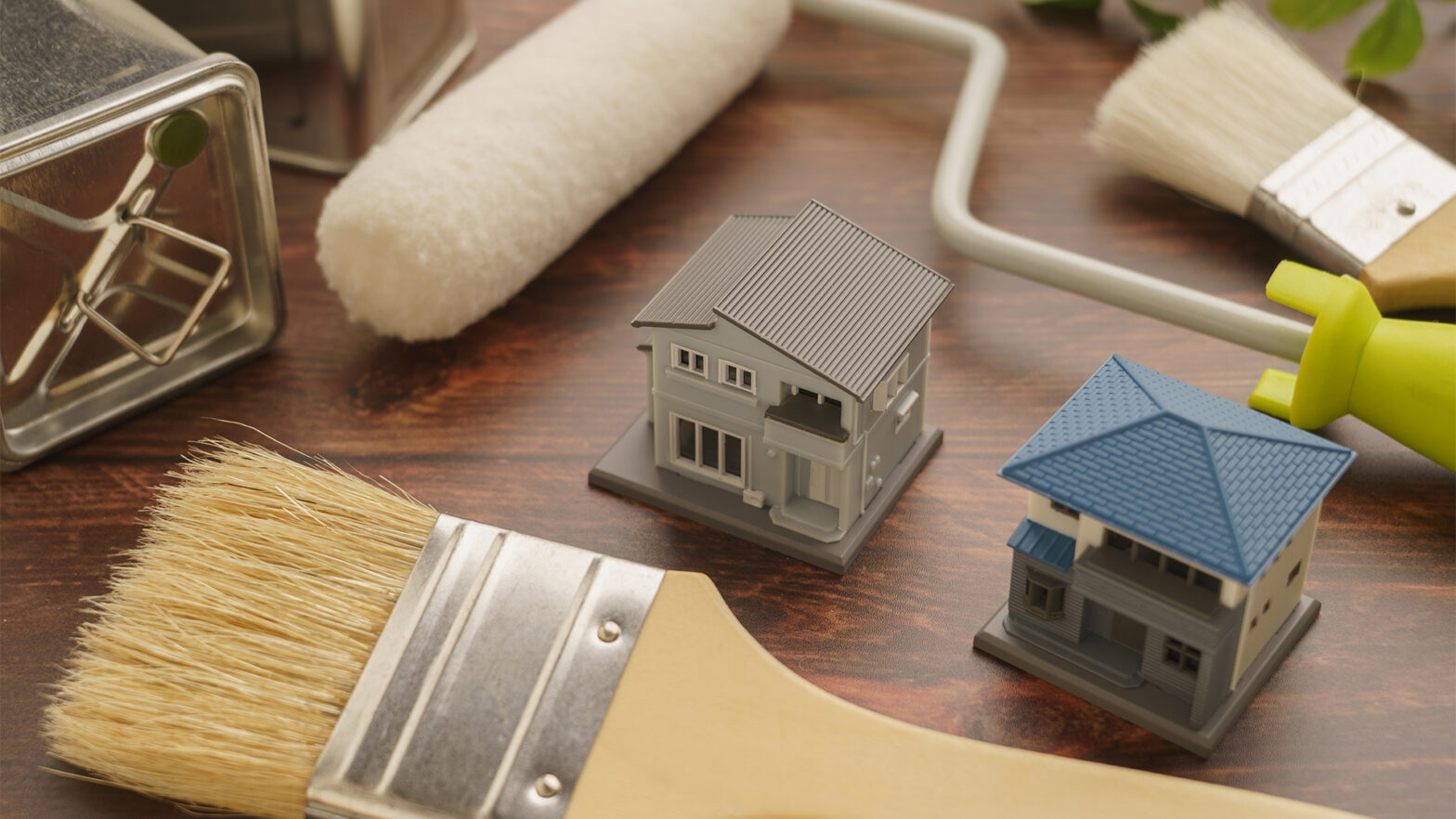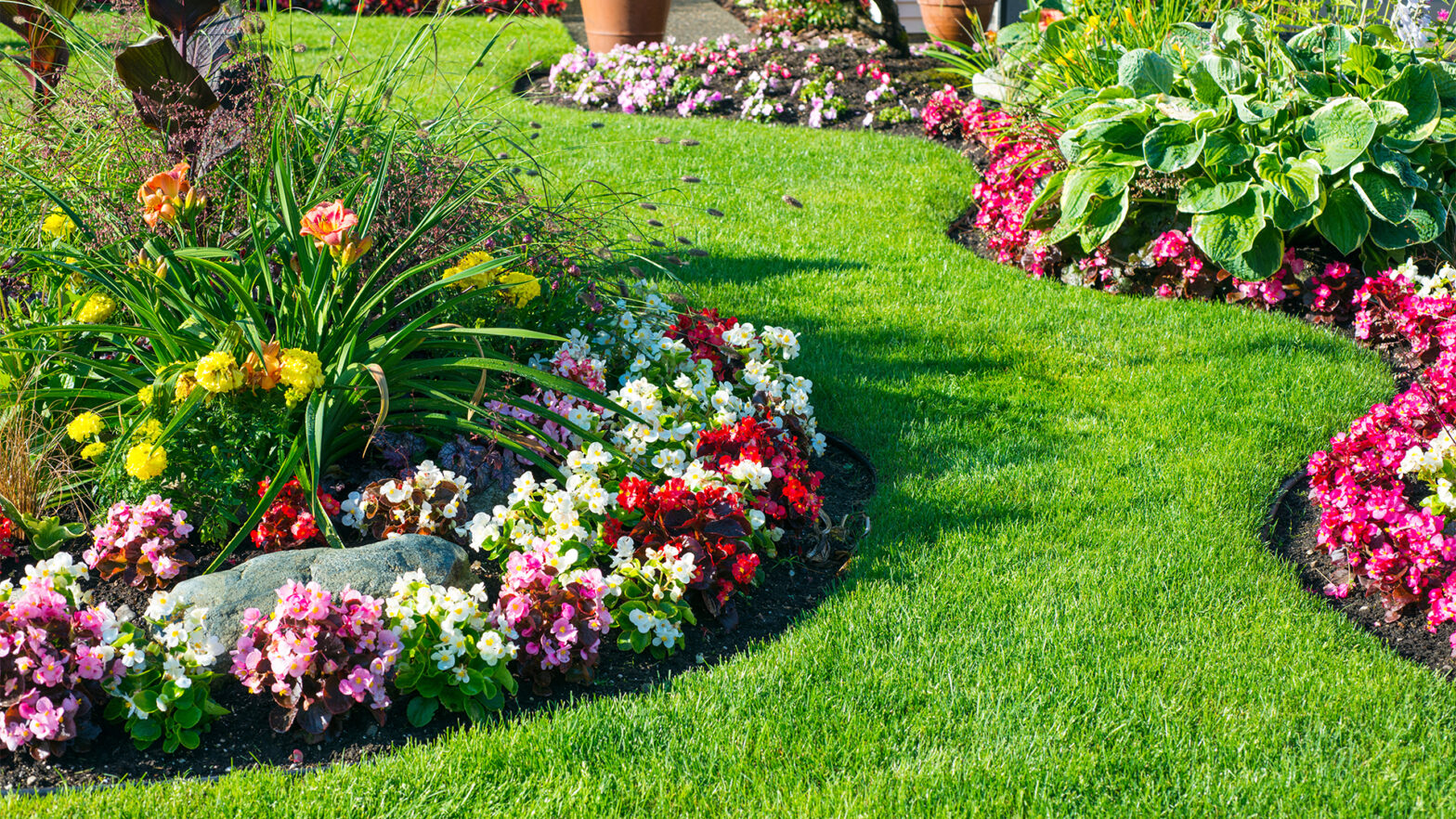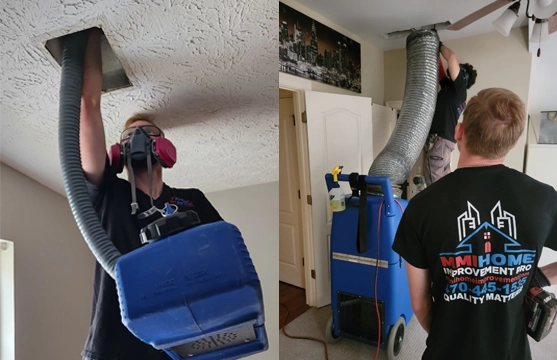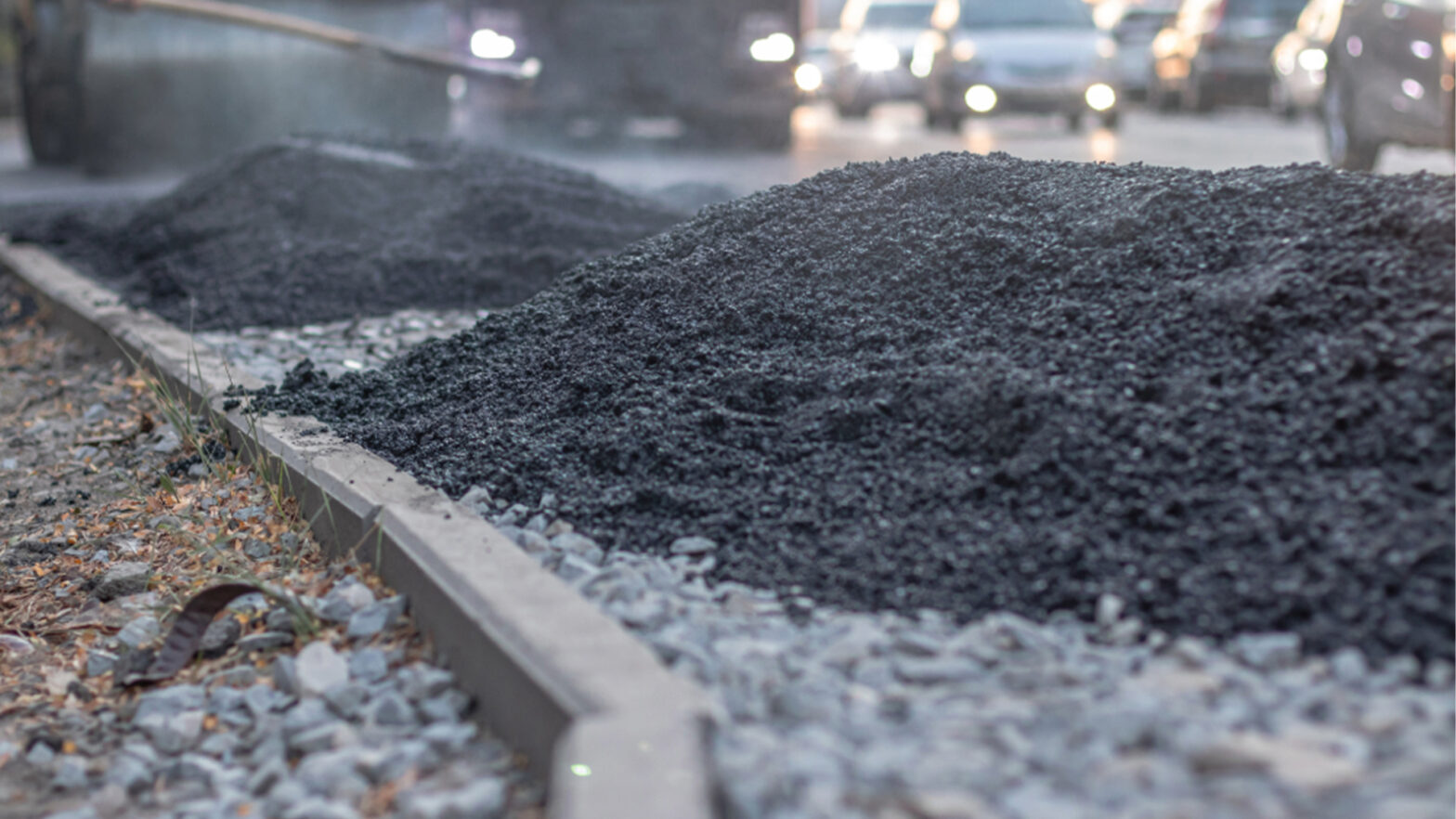Sustainability is all the rage these days. As consumers, we’re increasingly concerned about the impact that our decisions will have on the wider environment. And this extends to the decisions we make in the garden. Rather than waging war against nature, we’re looking to negotiate with it. Get the balance right, and the results can be spectacular. Let’s take a closer look at what’s involved.
What is sustainable gardening?
For a garden to be sustainable, technically speaking, then it’ll need to be entirely self-sufficient. That means that those bags of compost you pick up from your local garden centre are off the table. Instead, you’ll be making your own compost. The same applies for chemical pesticides and weedkillers.
For best results, you’ll want to be growing plants that are hardy, and native to this part of the world. That way, they’ll have adapted to the conditions here – and you therefore won’t be as reliant on chemical helpers. A hardy perennial plant will grow year after year, meaning that you won’t have to spend money on seeds every year.
Why bother with a sustainable garden?
A sustainable garden is advantageous for a number of reasons. But the key motivating factor for many gardeners who make the switch to sustainability are the environmental benefits of doing so. However, there are some immediate practical benefits, too.
If you’re growing food for everyone in your household, you’ll have greater control over what goes onto your plate, and you’ll be able to grow niche varieties of your favourite vegetables. Moreover, you’ll use less water in the process.
How to grow a sustainable garden
Cultivating a sustainable garden, or a garden of any kind, is easier when you have the right tools to hand. Essential tools like a cloche allow you to protect crops from harmful conditions outside, and thereby extend the growing season. In many cases, the benefits can be great enough to offset the environmental cost of the enclosure.
Before you get started, you’ll want to think about the plants you’ll be growing, and the plants you’ll be using as composting material. Strike a balance between flowering and non-flowering plants; the former will be able to attract predatory insects, which will help to naturally control the population of aphids and other pests. You’ll also need to be prepared to track down and uproot weeds by hand; it’s a tough job, but one that’ll save you the trouble of using chemical weedkillers.












